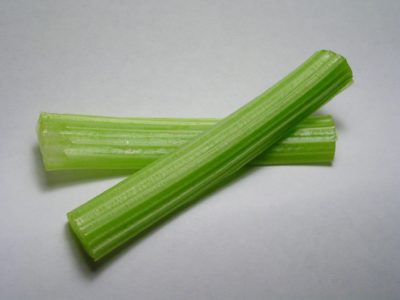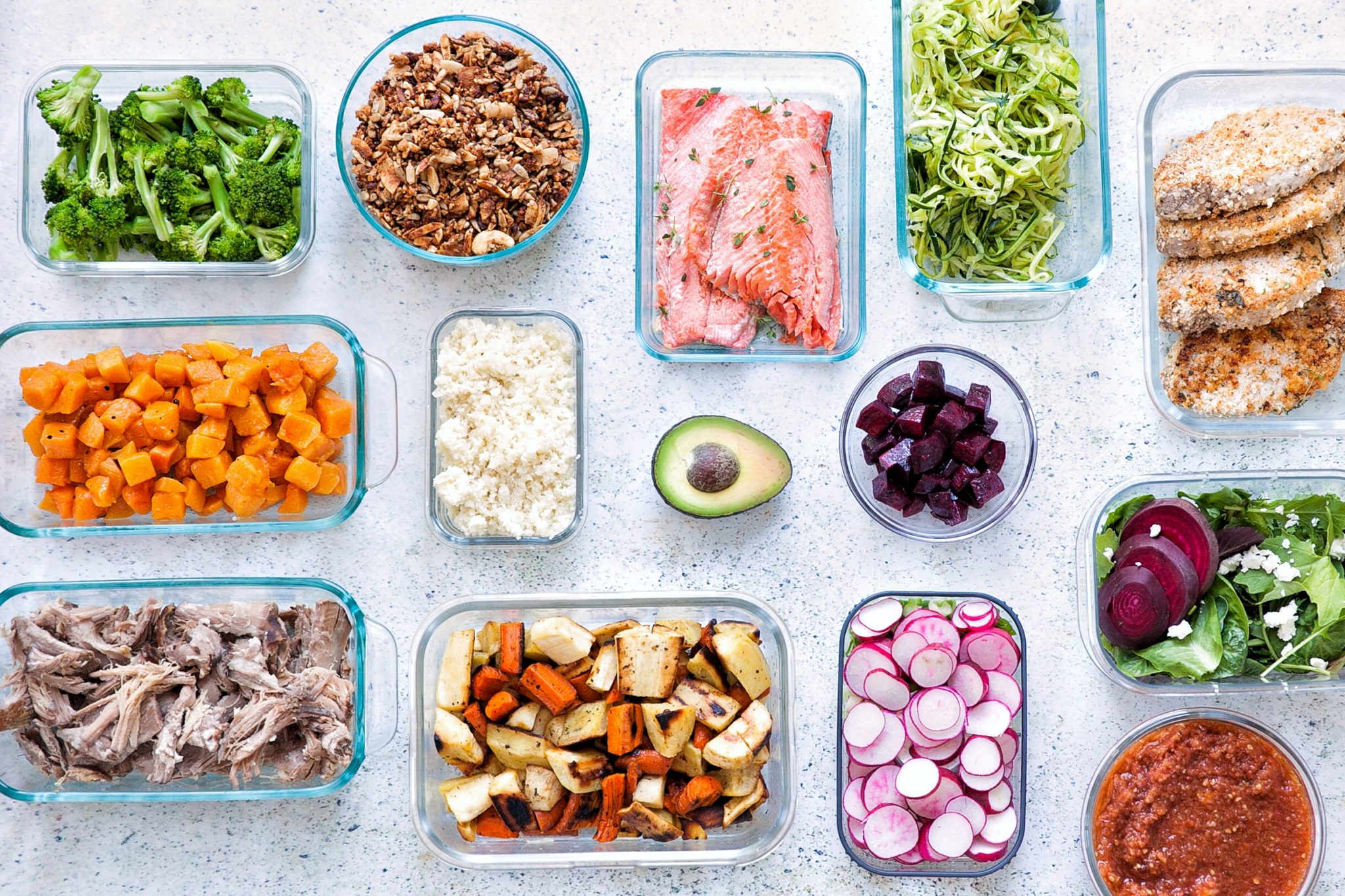Find your local farmers market!
This ancient vegetable has been cultivated for thousands for years. The stalks are used as a vegetable, and the seeds are used to make a spice (so they are not AIP-friendly). Celery is a fall and winter crop, with its season from September through April, so many traditional recipes have featured this vegetable in winter foods like soups and stews.
Nutritionally, celery is really almost entirely water and fiber. It contains trace and small amounts of most of the dietary vitamins and minerals, with its most prominent micronutrient being vitamin K1. Plus, celery contains over a dozen phytonutrients, including flavonoids.
Since celery is a winter crop, you’re more likely to find it in the grocery store then (but in general, it is fairly easy to find). It’s important to note that celery is #5 on the Environmental Working Group’s Dirty Dozen List, so the chances of finding pesticides on your celery is very high. If avoiding pesticides is an important factor for you, opt for organic celery!


 Palm Shortening
Palm Shortening
